
Stick-ing to comics with Ramya Sriram, the creator of Tap comics
Stick-ing to comics with Ramya Sriram

Ramya Sriram is a prolific writer, story-teller and the creator of “Tap Comics”. She creates minimalist yet impactful comics through simple stick figures. She says that she’s “stick-figuring” out her life. From lighthearted everyday topics to social issues, her anecdotal comics send a strong message.
She believes being truly and madly in love with your work can take you a long way. Read on more to find out what inspired her to create these thoughtful comics.
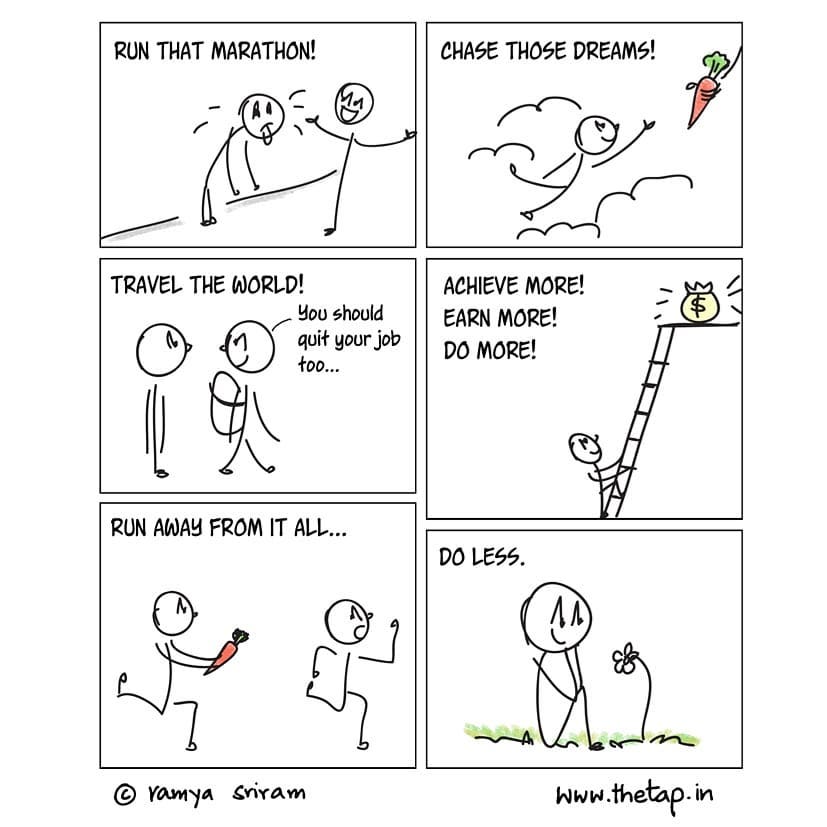

Art can be perceived differently by different people. How do you perceive art?
I think for me art has always been a way of processing the world and a means to express the result of that processing. Art has been an emotional crutch. Most of us turn to some kind of art when we’re feeling low—a good song, a book, a painting, a movie etc. I see art as a form of communication, a language, something that connects people. It’s also liberation for the artist!
Your Illustrations are so minimalistic, yet send a very strong message. What inspires you to do these?
I didn’t really plan on doing minimalistic illustrations or telling stories through stick figures. I used to draw and paint a lot as a kid, and I started doing quick comics for friends while I was in college. One thing led to another and I found that I really enjoyed making minimalistic comics.
I think one of the reasons many of the comics have some kind of a strong message is because it came from some trigger— I saw something that upset/inspired me, or I felt the need to vocalize my feelings about a topic. The emotion behind it is usually quite intense so I suppose that is reflected in the outcome. I quite enjoy trying to say a lot in a few lines.
Can you run us through your thought process while brainstorming for artistic inspirations?
Inspiration comes really easy– there’s SO much fuel all around! A lifetime isn’t enough to capture it all. Whether you’re appreciating a birdsong or rebelling against a politician, there’s a lot to talk about. A wealth of material both externally and inside our own heads.
If an idea strikes, I usually jot it down so now I have a long list of ideas to work through. Earlier, I used to draw very impulsively: if I felt something, I would put it out there. But now I’m learning to wait and add some more flesh to the story, and refine it before I put it out. There is no conscious brainstorming for artistic inspirations, usually the idea is already there or half-there.
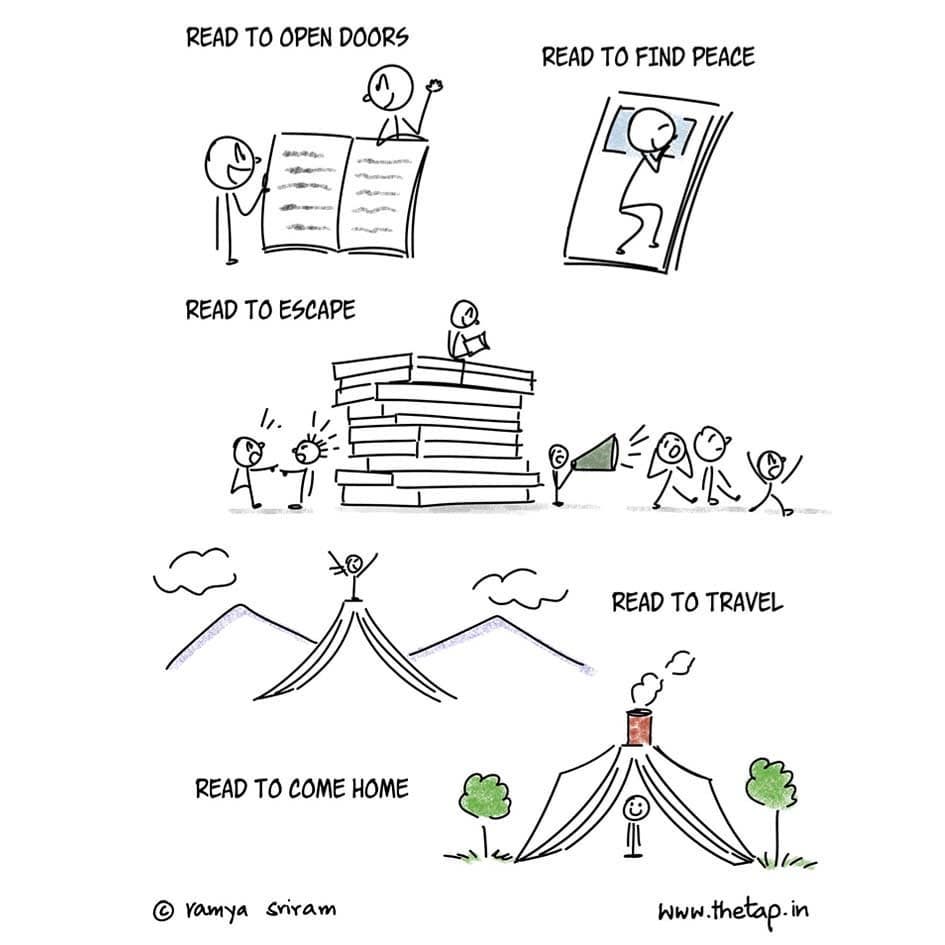

How have criticisms helped you shape your career?
When I started drawing, there was very little criticism (or maybe I didn’t notice it in my excitement haha!). I was really impulsive and spontaneous, I just drew these stories for fun, without expecting anything. I remember when I got my first commission, a friend of mine was really surprised: “Someone’s going to pay you for that?” I was more amused than hurt. I took criticism very lightly.
But some criticism has helped me rethink the way I approach my work. I’ve often also been told to try another drawing style and experiment a bit more, which is something I’m still working on. Many people find stick figures a bit too cutesy, and I try to be careful while putting out a comic addressing a serious topic. I’m a bit of a brooder, so criticism stays with me for a long time. Sometimes I’ve asked people for feedback, and their honesty has been refreshing and has prompted me to take my work more seriously.
How has your perception changed after illustrating for such a long time?
I think I’ve learnt to accept myself a lot more through my work. I still find myself in an existential crisis now and then, but I think running The Tap gives me a huge sense of purpose. I’ve also realized that it’s important to periodically step back and assess your own work, without getting caught in the madness of social media attention and falling into the same repetitive loop because that’s what people like. While earlier I used to shy away from topics I found challenging, I’m now seeking those out actively to push myself. I also think it’s important to give yourself and your work time to evolve.
Have you collaborated with any other artists and brands, if yes how was this experience?
I haven’t worked on a very long collaborative series so far but would love to. I am particularly interested in working with NGOs and organizations that are working with issues such as childhood trauma or making women self-sufficient especially in India. One thing I frequently struggle with is that my work mostly reaches the same or same kind of people, and I’m curious to try something entirely new for a different kind of audience.


Have you ever faced a creative block? If yes, how do you get over it?
Writing comes naturally to me, so if I’m struggling with something, I try to put words to it first. It helps to distance yourself from your idea so I try to go for a long walk and get a change of scene. Sometimes it’s nice to let an idea sit and revisit it again after weeks. I think it also helps to not be too hard on yourself as self-created pressure can really affect your mental health//productivity which in turn affects your work. Helps to lighten up!
If you could go back in the past and change a decision that you made, what would it be?
None! From doing engineering to abandoning an MBA, from academic publishing to advertising, I’m very grateful I’ve had such a wonky career path. I’ve had an incredibly supportive family who’ve been very encouraging: my dad helped run my stall at the Comic Cons and he was quite the hero. I can’t think of anything at all I’d change in the past.


How important is traveling for an artist? Do you seek inspiration from every place you visit?
I love travelling and I find a lot of stories in every new place I visit. But I hesitate to say that it’s very important for an artist. Many people simply can’t afford to go traipsing around the country or the world. Sometimes a good story is just outside your window so it helps to be observant.
I think what’s more important is to travel in your head, to read a variety of books, ‘feel’ a variety of emotions. I personally also believe that one of the most important things is to be open to meeting new and different kinds of people, something which has really helped me grow. Getting a peak into somebody else’s head and listening to their experiences can be very enriching.
If you were to learn a new art-form, which one would it be?
There are so many! I think I would enjoy making minimalistic wire sculptures. I’m very curious to explore abstract art, especially through watercolours. I’ve also wanted to try animation for a really long time but that’s a considerable time investment. Someday!
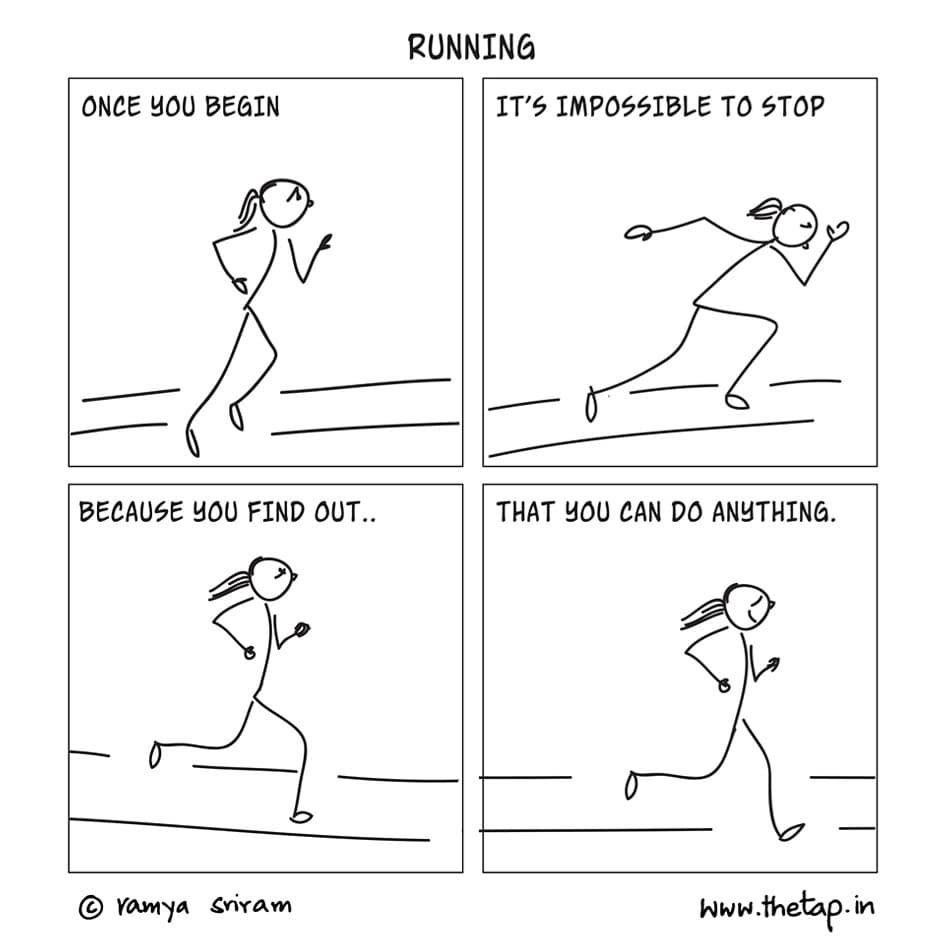
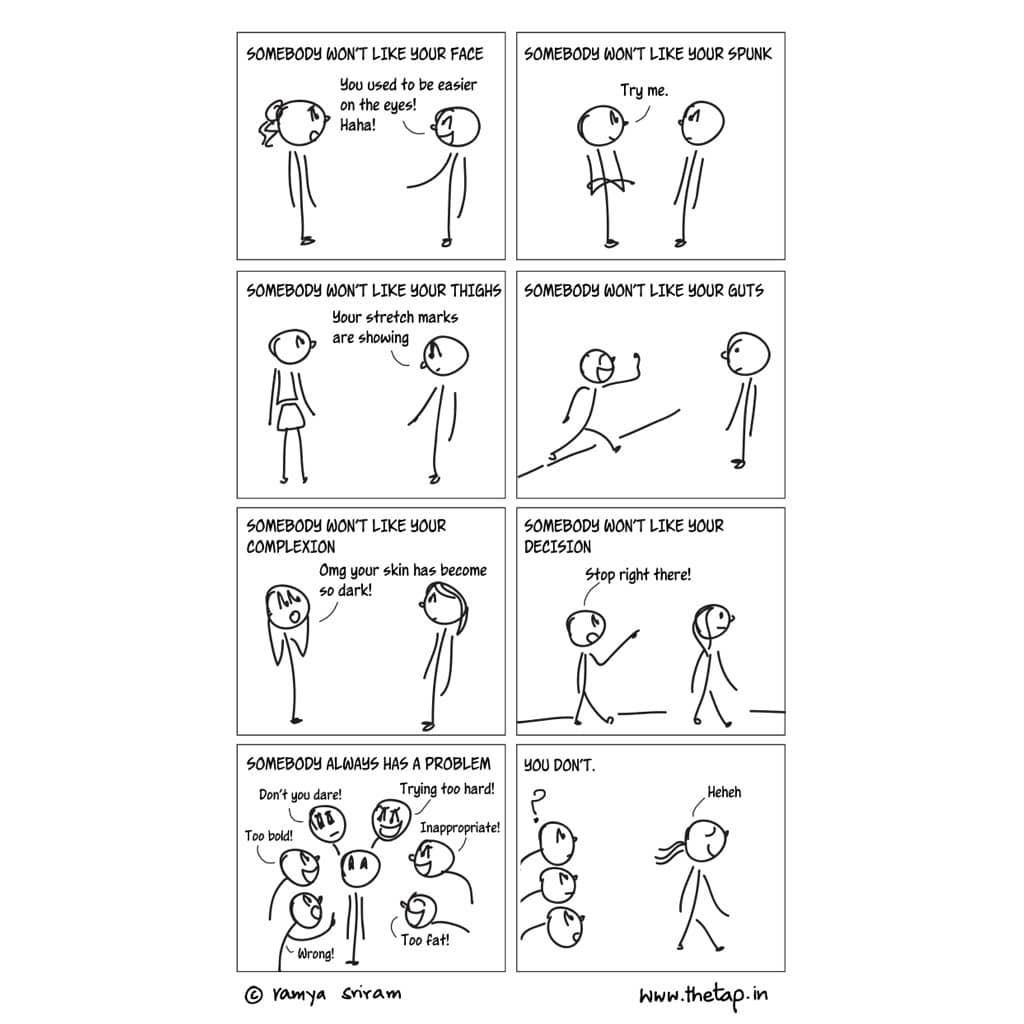
What advice would you give for the upcoming artists?
Don’t chase likes and shares! A lot is that many upcoming artists try to imitate somebody who’s popular especially on Instagram. One of the things that can really speak for you in your art is honesty and originality, so be true to yourself. Honesty can go a long way. A lot of art is deeply personal so pick things you believe in and what you want to talk about through whatever medium you use.
Be madly in love with what you do and do it, irrespective whether you do it full-time or on the side. And lastly simply have fun and enjoy the process.
What are your thoughts on Stoned Santa?
It looks like a brilliant platform! I’ve worked on a lot of custom art especially wedding invitations and gifts and I simply love how excited the gift-er is throughout the process and how thrilled the recipient is when they see the gift. It makes the artist feel like you really matter, and that your work does mean something. And of course, custom handmade gifts are great as that’s what makes people feel really special. It’s lovely to have something that you will treasure for life, many of these art pieces typically see major life events, house moves etc. It’s like the artwork is now going travelling on a journey of its own 🙂
Looking for the perfect gift?
Look no more, our gift experts will get in touch with you and help you with all your requirements.

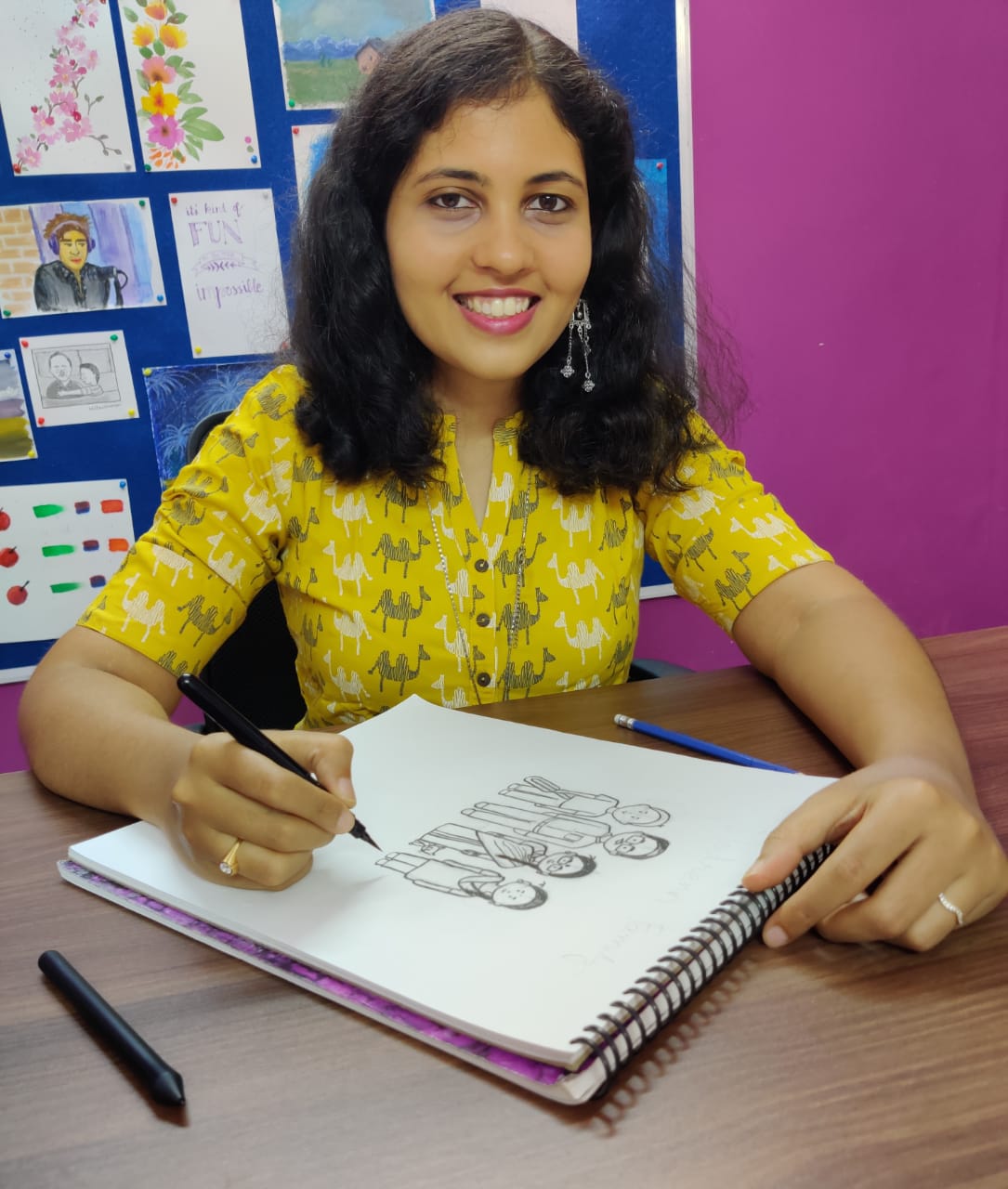

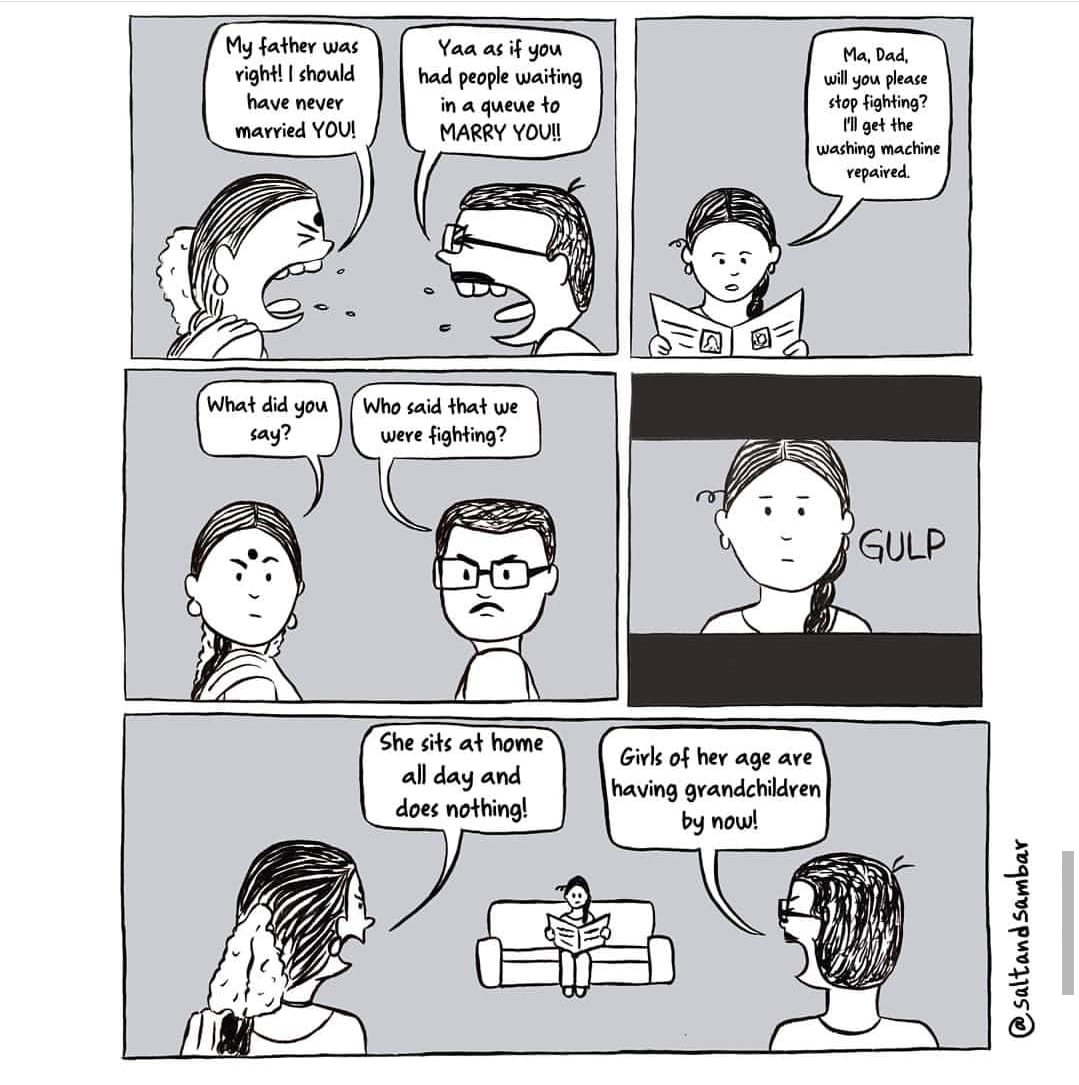


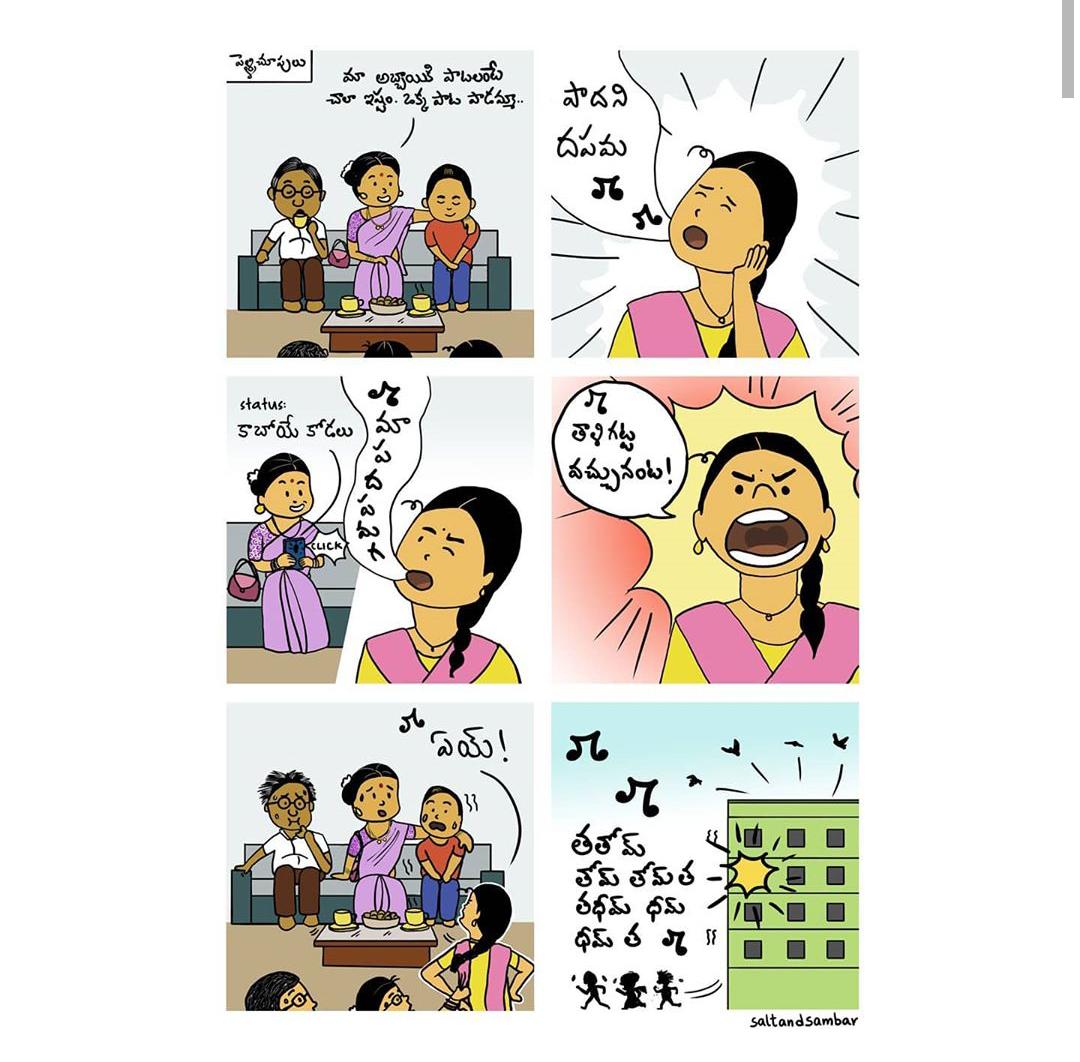

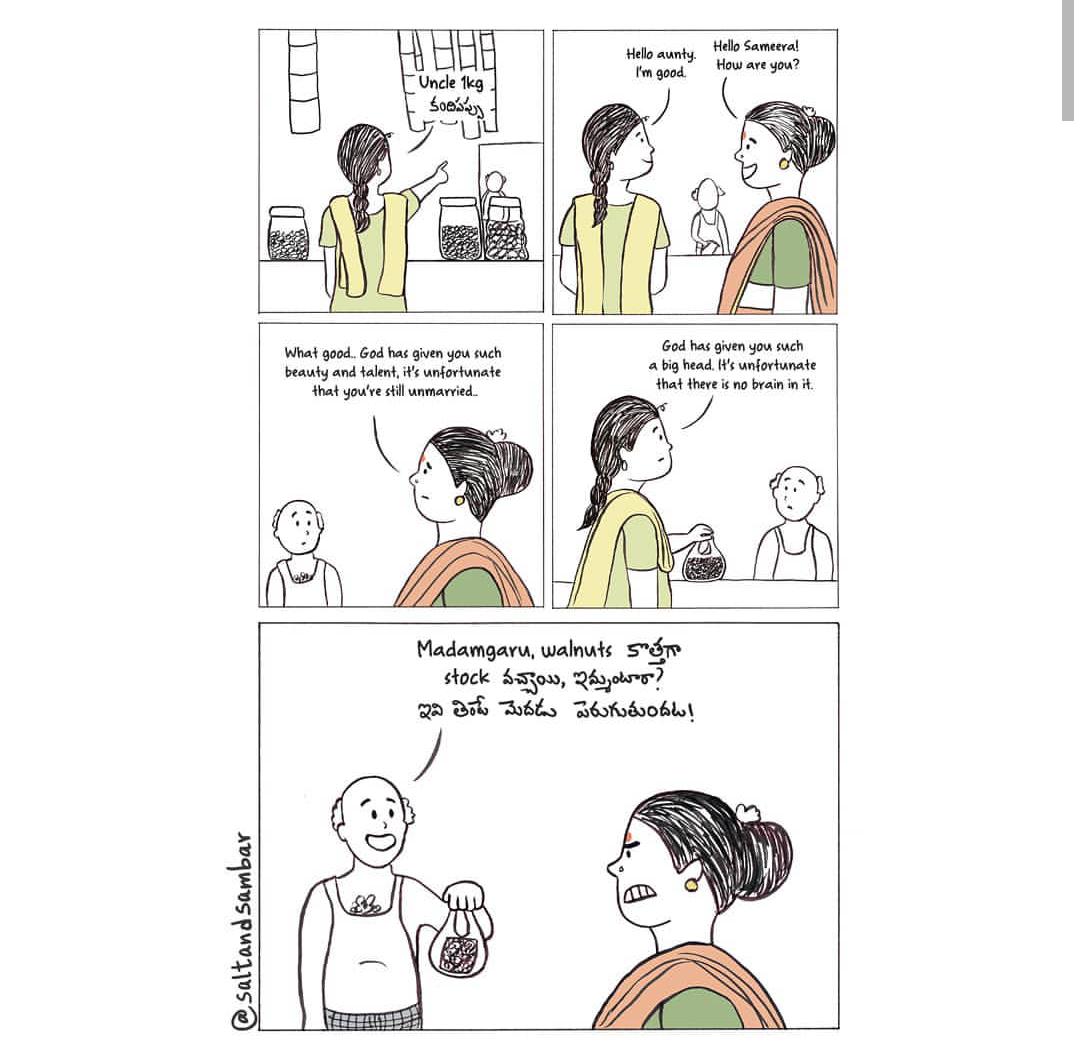



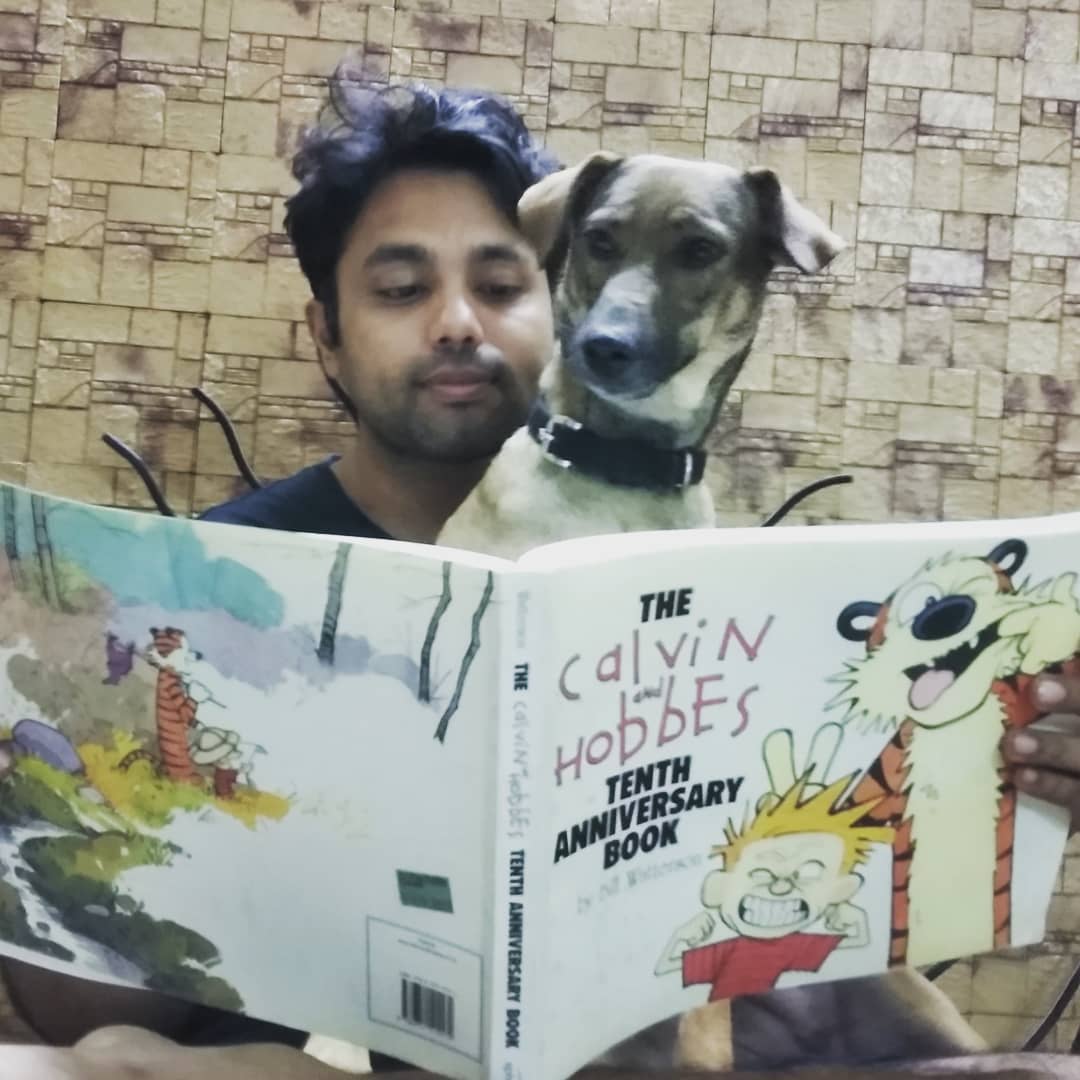

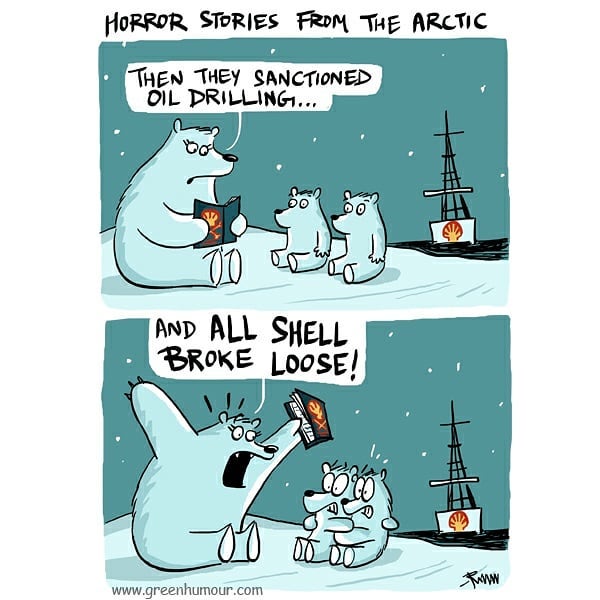

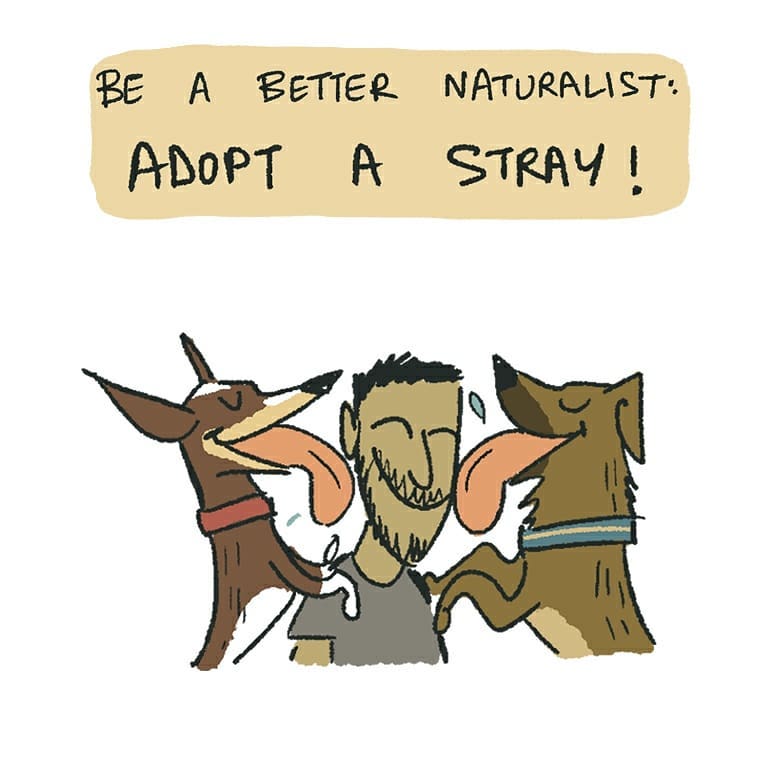
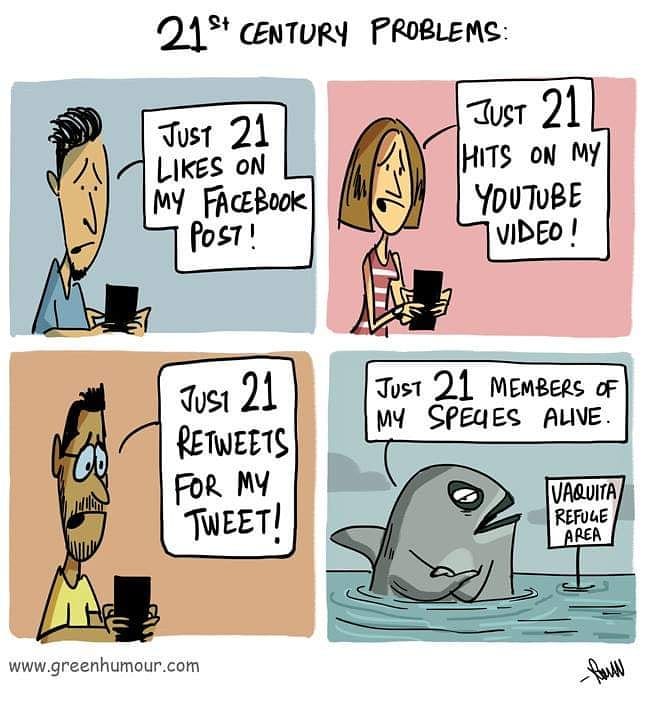







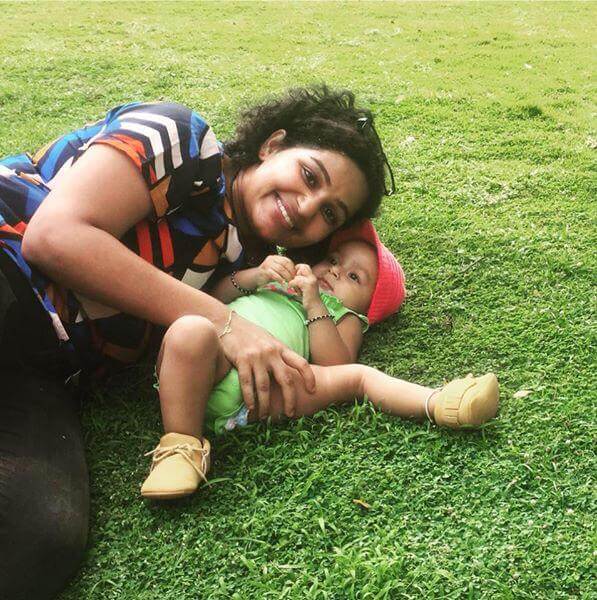
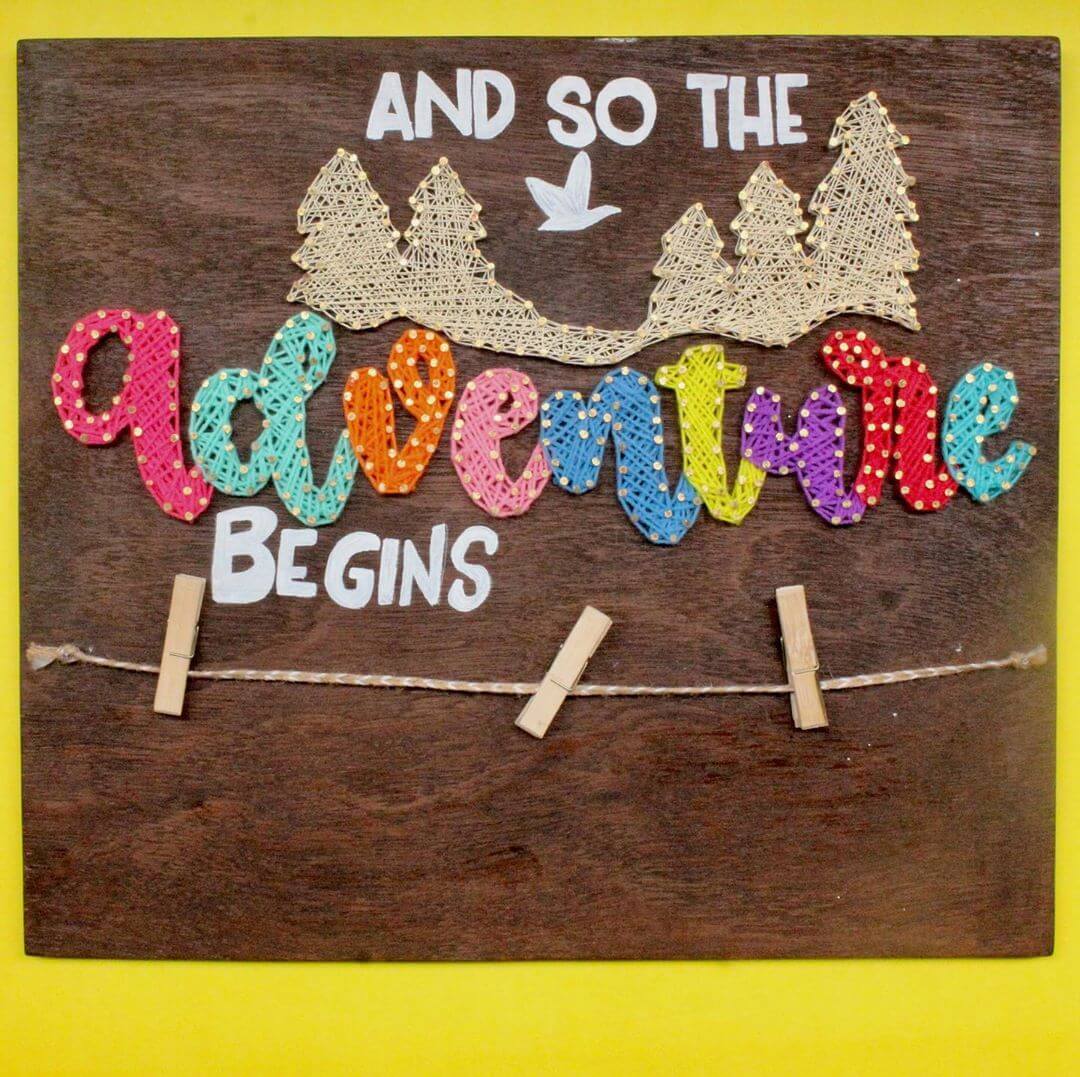











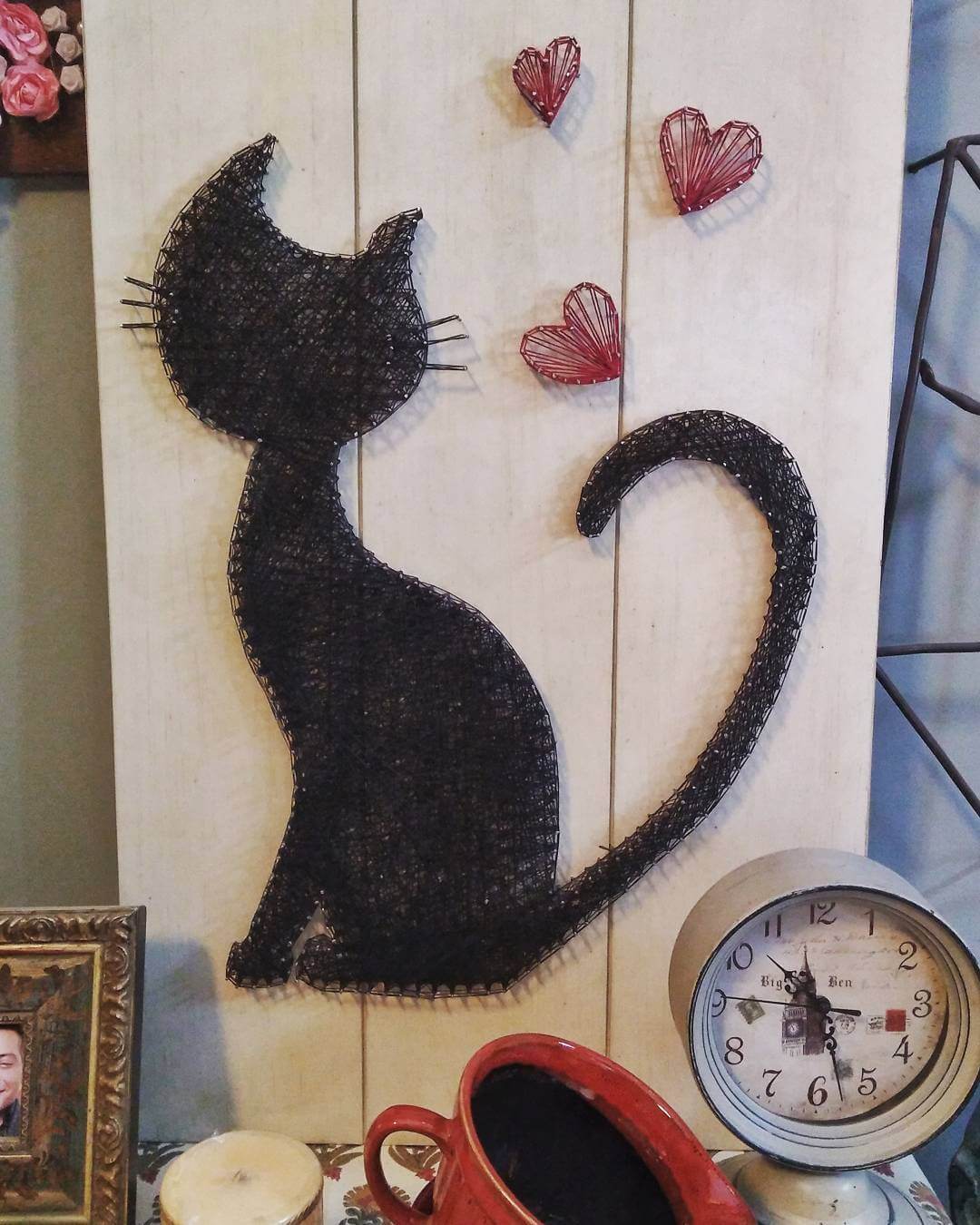



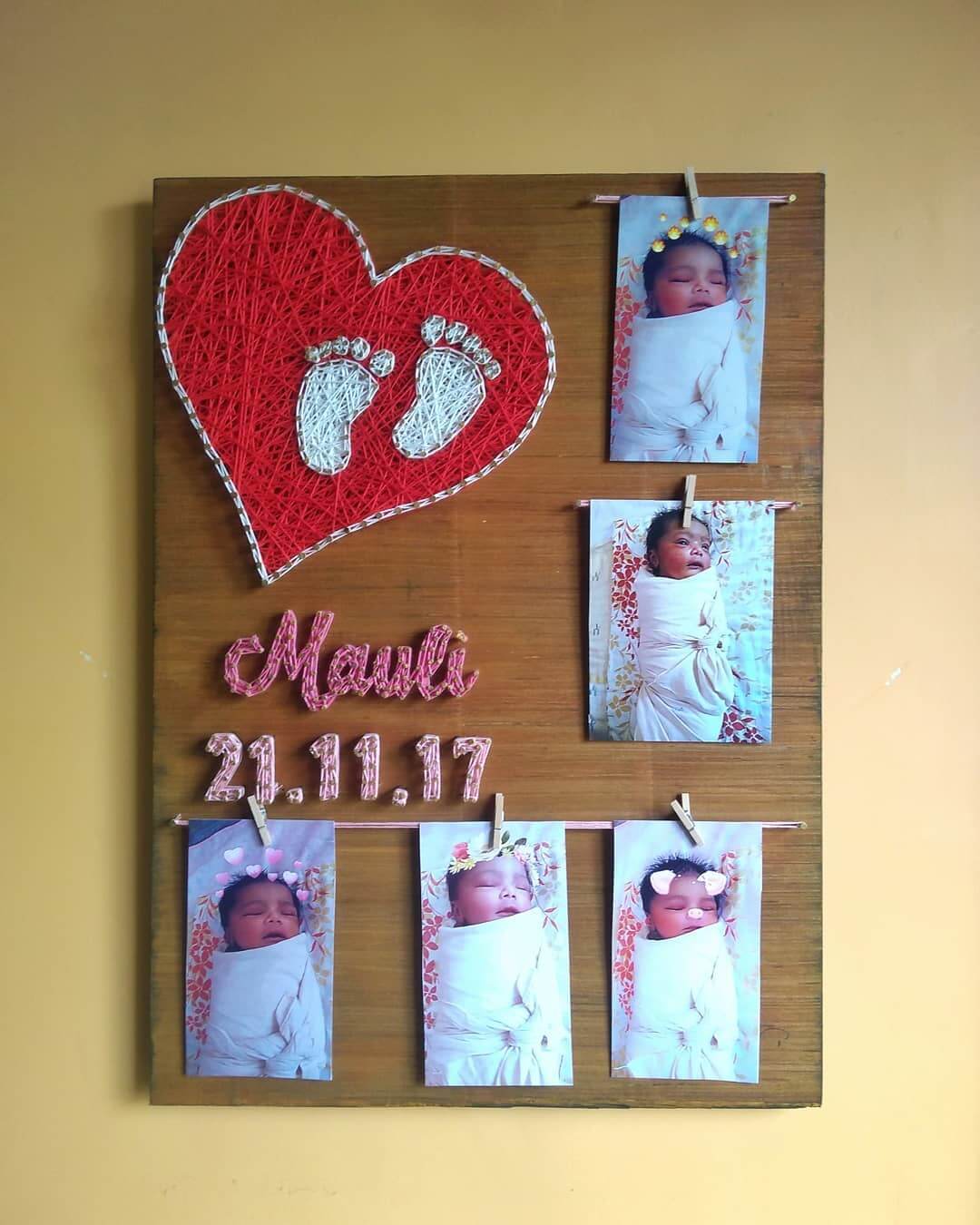
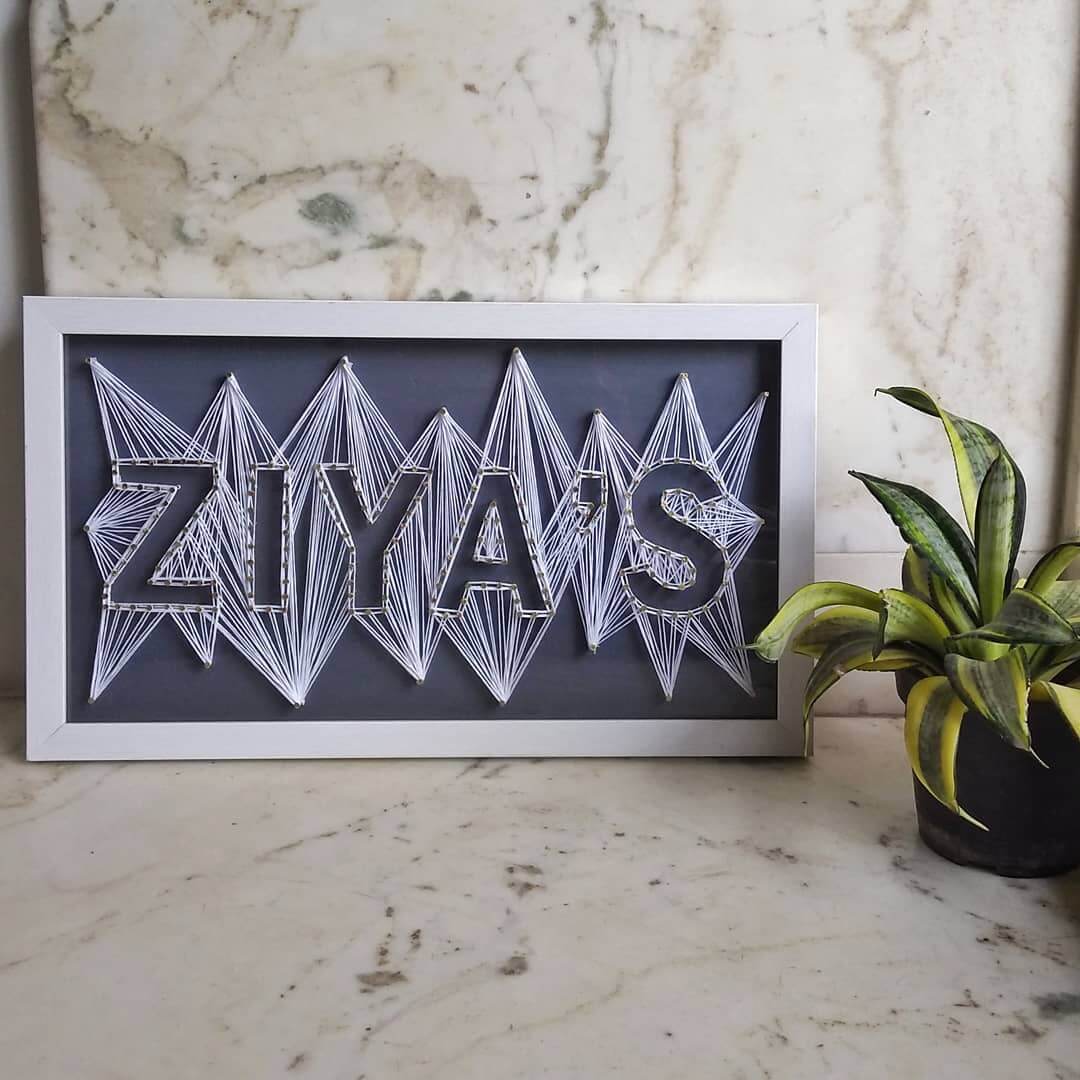
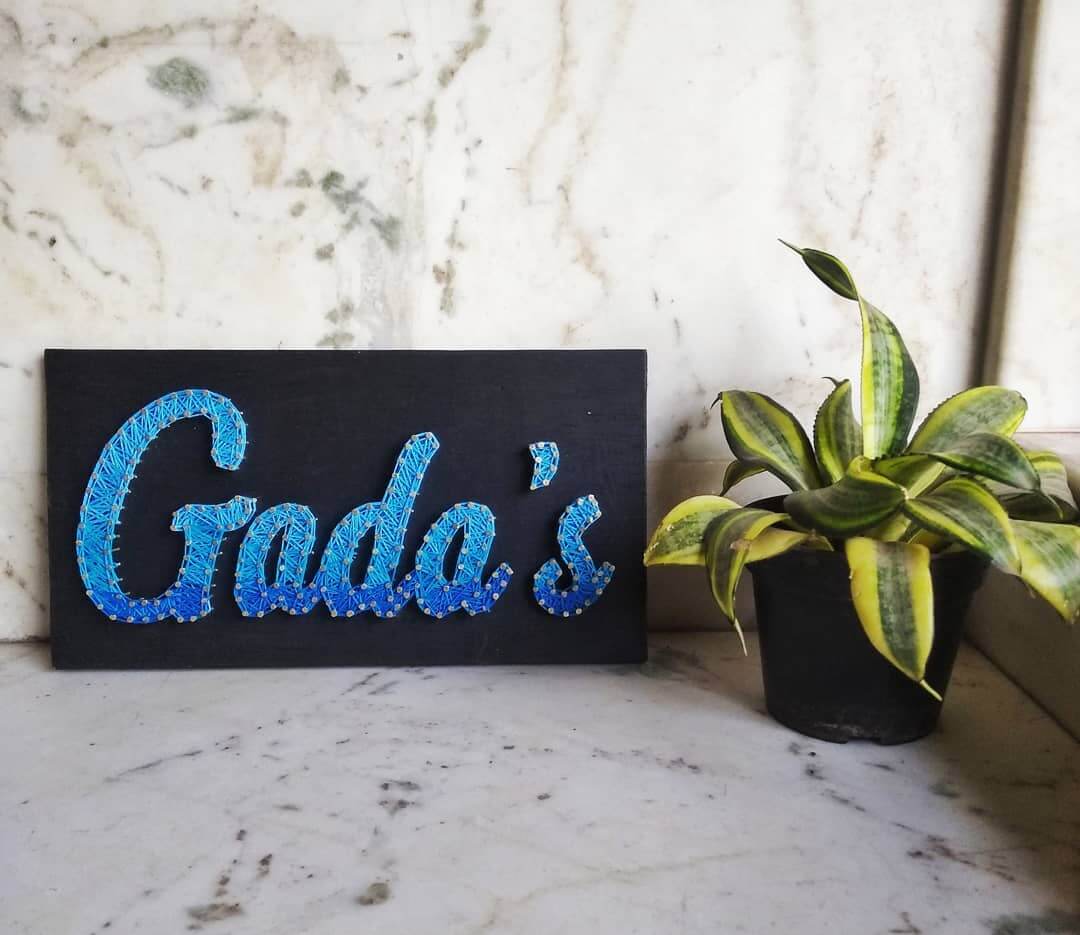


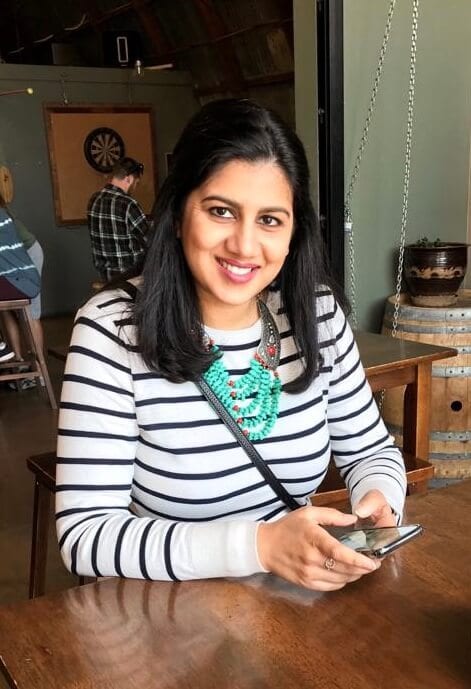
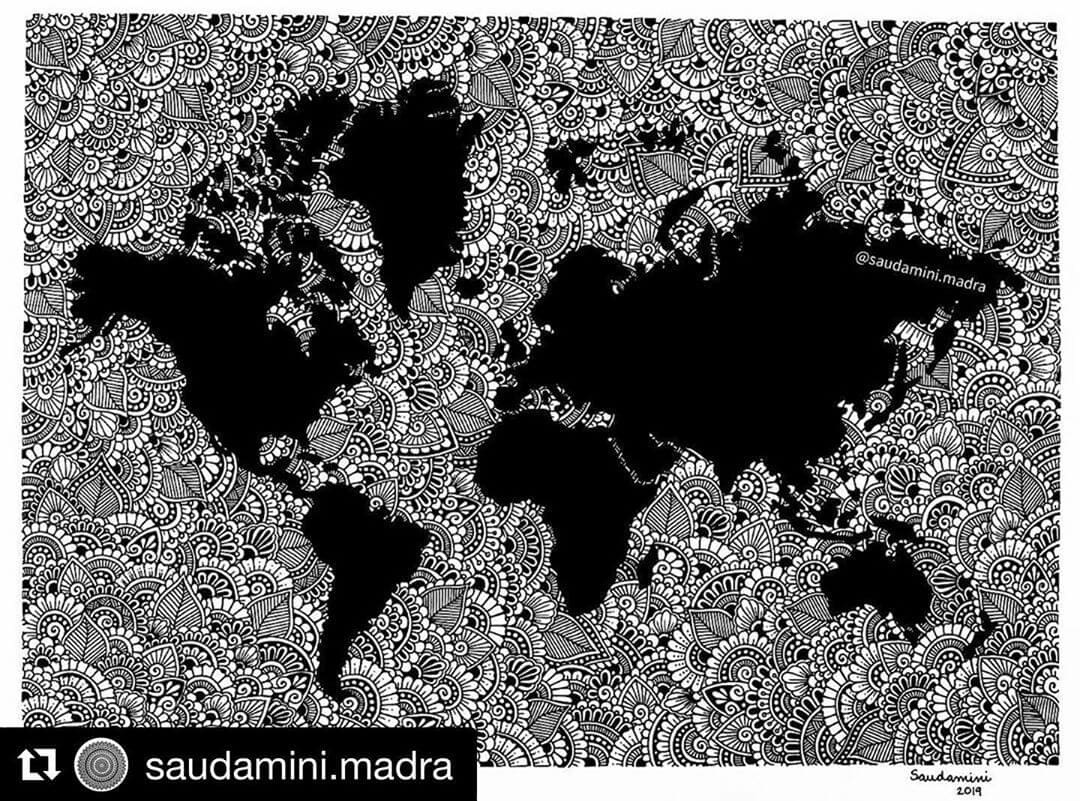
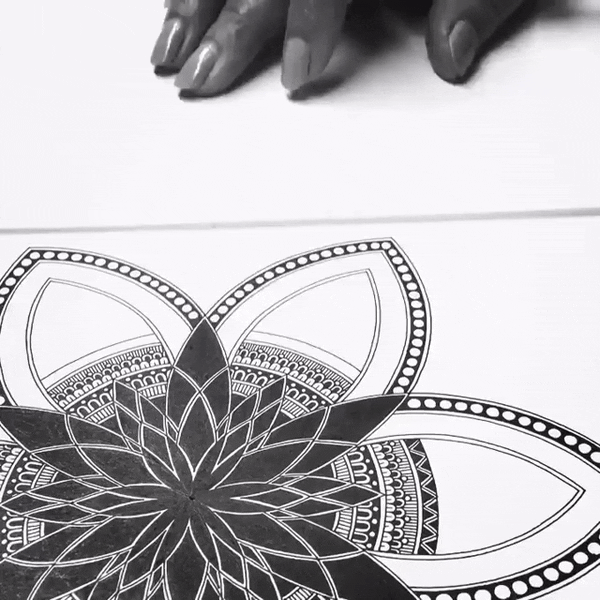



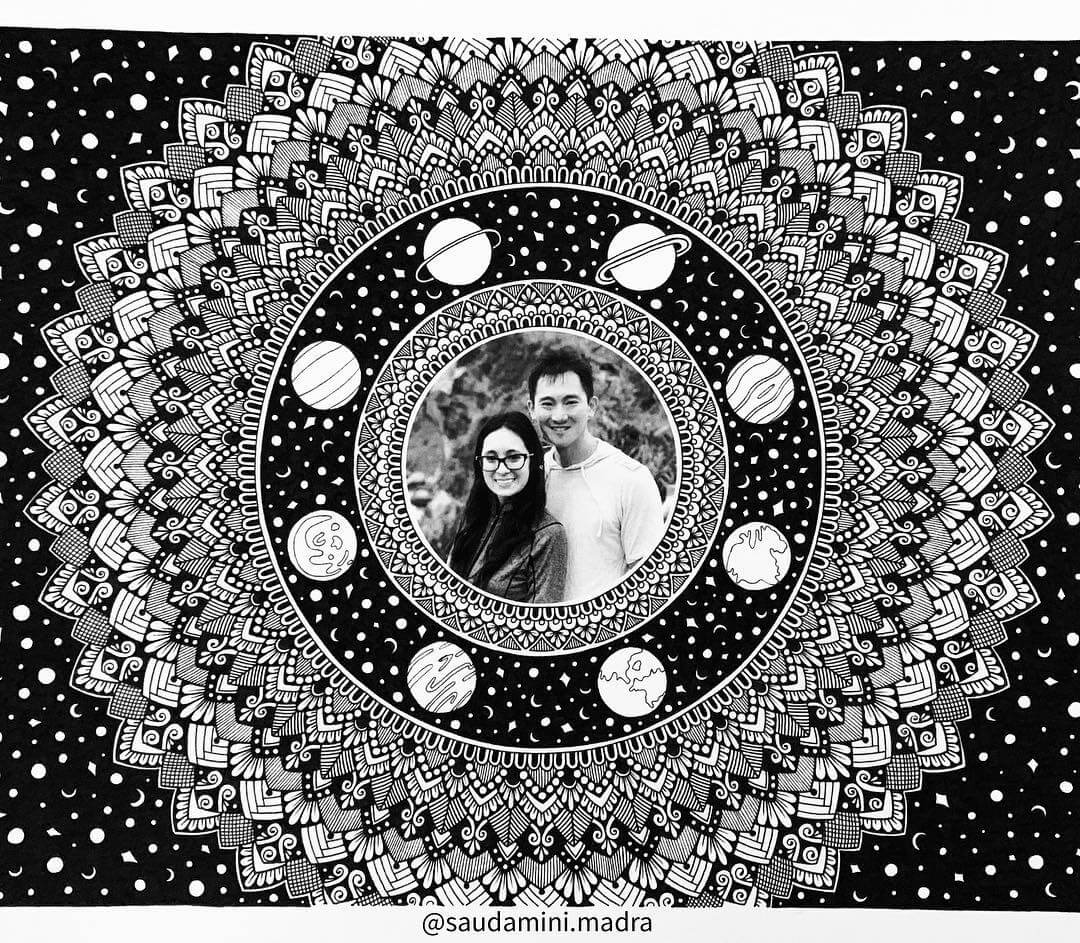

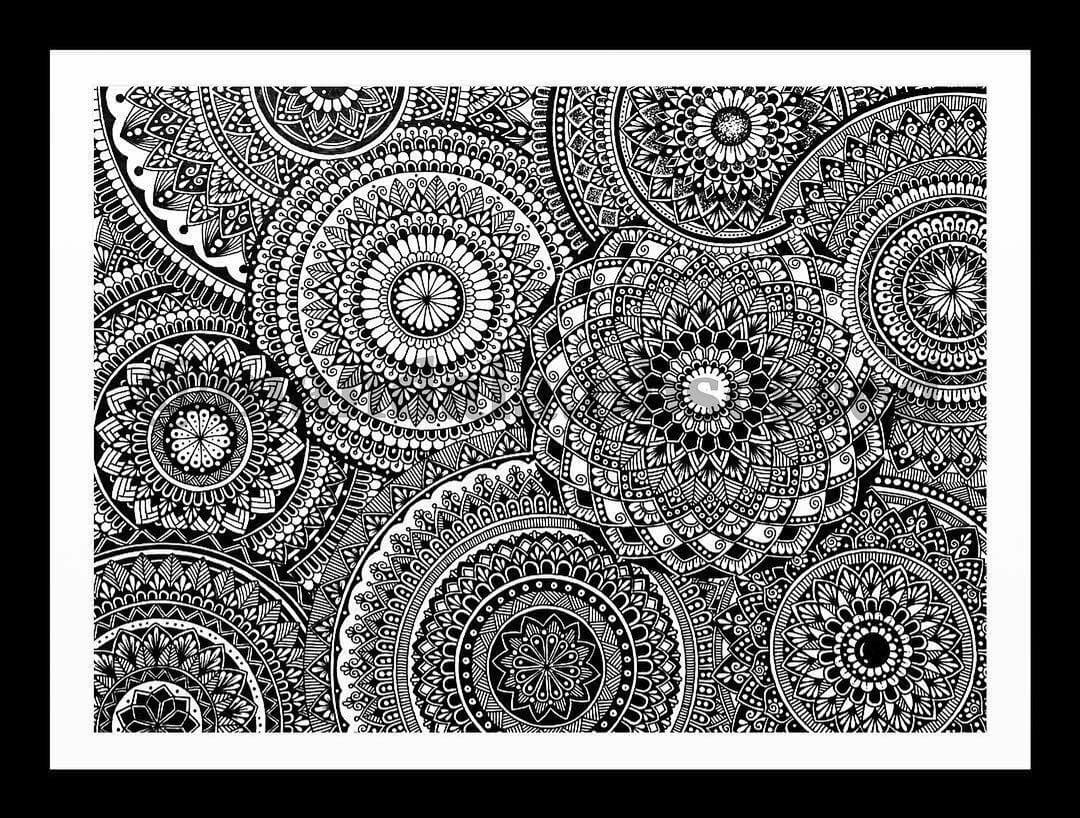
Recent Comments